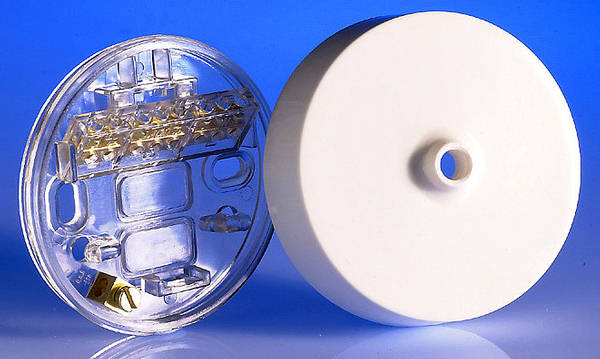If you had a room with, say, 8 wall lights in total, what is better about having two cables running down the wall to each one, looping all around the perimeter of the room, than using a star topology from a JB?Junction boxes are not required on a new job. Anyone that tells you they are probably isn't very good at designing electrical installations. I genuinely can not remember the last time in installed one.
The chances of you getting away with that cop-out are approximately a tad less than zero.A wiring centre for a heating system would not be installed at first fix.
Whether you want to call it first-fix, or not first-fix, is entirely up to you, and entirely irrelevant, for the principle is exactly the same - something brand new being designed to go in for the first time.
How would you do that with the wiring for a CH system without a junction box?



